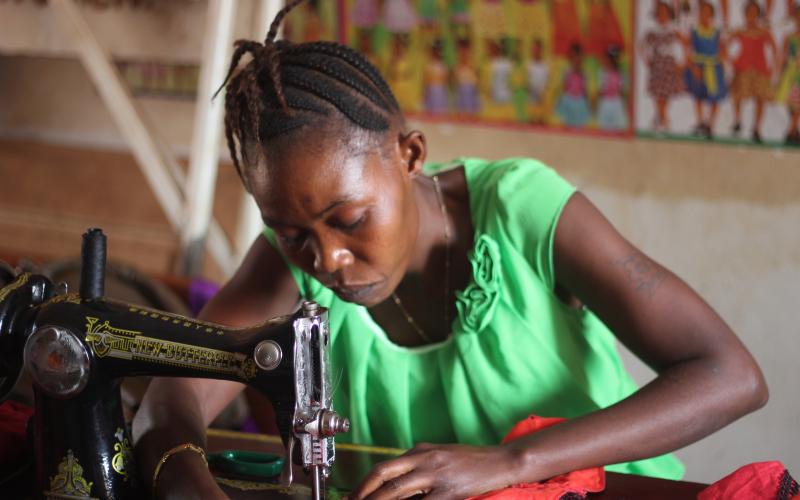
“Women aged fifteen through forty-four are more likely to be maimed or die from male violence than from cancer, malaria, traffic accidents, and war combined.(1)”
There is plenty to worry about going into the work day. Will I be on time? Am I prepared for the 10 a.m. meeting? Were there any errors in the presentation? One item that rarely makes this daily list in the developed world concerns making it in safely. Sadly, for roughly 37% of women in Africa(2), that is not the case.
Gender-based violence is an extremely common problem in many developing economies and there are myriad reasons for its pervasiveness.
In some cultures, violence towards women is viewed simply as an unfortunate, but commonplace part of life and law enforcement and the judicial system do not take harsh action in its wake. As a result, little discouragement exists for perpetrators. Other times, there is a lack of adequate resources to enforce the laws in place and as a result, crimes against women are rampant.
Besides the obvious tragic nature of these facts, there is an undeniable economic impact of this reality as well. And subsequently, an impact on the success of many microfinance programs focusing on women.
When an environment is unsafe, women are less likely to travel far distances or at all to seek out education or work. They also will be less inclined to man a shop or business headquarters knowing they’re susceptible to robbery or worse. They also fall victim too easily to corrupt practices and cannot rely on many services, both public and private, needed to help run their business.
So what’s a potential solution? On a macro scale, global initiatives to tackle poverty must address the underlying reasons for lawlessness. Whether it’s working with local governments to improve systems or educational programs to address societal stigmas, effort must be put towards reversing this frightening issue. As civil rights lawyer Gary Haugen argues in his recent ted talk(3), aid is useless if it is just being stolen from those in need. He points out that the largest employer on the continent of Africa at the moment is private security. Those with money can shield themselves, but those without must bear the burden of constant threats.
So where do microfinance initiatives come in? By giving women more direct resources and independence, they are less reliant on corrupt processes or misogynistic patriarchs in their communities. Even the ability to run a business out of their home versus having to travel a further distance for work can make a world of a difference for their personal safety. Their ability to subsequently employ other women also creates an alternative to many of the jobs desperate girls leave their villages to seek out, often ending up in dangerous cities or being smuggled into the sex trade.
While there is much work to be done with regard to the general well-being of all in the developing world, microfinance can, at least, empower some women to take their livelihoods into their own hands to better protect themselves and their families.
Sources:
(1) Nicholas D. Kristof, Half the Sky: Turning Oppression into Opportunity for Women Worldwide
(2) According to the World Health Organization in their defined region of Africa (http://www.worldbank.org/en/news/press- release/2013/11/25/violence-against-women-exacts-high-economic-price-world-bank-says)
Image is taken from http://www.afronline.org/?p=756 and

